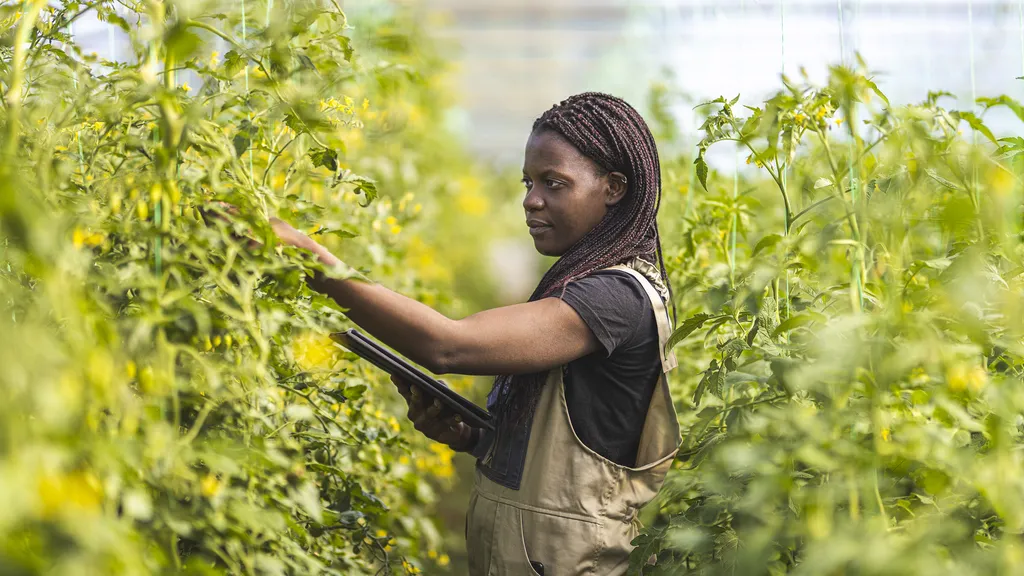Women produce more than half the world’s food, yet their contributions are often constrained by unequal access to resources—a disparity that global leaders and agricultural experts are now pushing to address through science, technology, and inclusive policies.
At the 2025 Forum on Women in Agrifood, held this week in Beijing’s Pinggu district as part of the World AgriFood Innovation Conference, policymakers and researchers underscored the need for targeted innovation to close the persistent gender gap in agriculture. Data from the United Nations Food and Agriculture Organization (FAO) reveals a stark reality: while women in developing countries produce 60 to 80 percent of food, their land productivity remains 24 percent lower than men’s, primarily due to limited access to technology, financing, and training.
The solution, experts argue, lies in leveraging agricultural science and digital tools to level the playing field. Feng Ling, vice-president of the All-China Women’s Federation, highlighted China’s progress in this area, where government-backed initiatives have expanded training, financial inclusion, and entrepreneurship opportunities for rural women. Since 2020, over 8 million women have received agricultural training, and more than 290,000 women-led cooperatives and family farms have been established. Financial support has also been critical—women’s federations facilitated over 240 billion yuan ($33 billion) in loans between 2020 and 2023, enabling nearly 10 million women to secure rural employment or launch businesses.
China’s Ministry of Agriculture and Rural Affairs reports that women now constitute over half of the participants in new agricultural enterprises and more than 35 percent of cooperative and family farm leaders. Sun Qixin, president of China Agricultural University, noted that women are driving innovation in sustainable agriculture, with female entrepreneurs leading 445,000 green economy enterprises, from organic farming to clean energy solutions. Women also represent 45.8 percent of China’s agricultural scientific workforce, contributing to advancements in farming technology and environmental sustainability.
Yet the challenges extend far beyond China. In Africa, where women produce the majority of food, systemic barriers—such as restricted access to credit, fair markets, and technology—continue to hinder their potential. Agnes Kalibata, president emeritus of the Alliance for a Green Revolution in Africa, pointed out that closing this gap could boost Africa’s agricultural GDP by up to 4 percent, a transformative shift for the continent’s economy. She cited examples of women-led innovation, including Tanzanian entrepreneurs who provide digital advisory services to farmers and manufacture drones for crop monitoring. “When women have access to technology, knowledge, and finance, they can deliver miracles,” Kalibata said.
Helen Nalungwe of Zambia’s Ministry of Agriculture echoed this sentiment, emphasizing the role of international programs in strengthening women’s resilience to climate change. Initiatives like rural savings groups, supported by the UN Development Programme and the World Food Programme, enable women to pool resources for seeds, fertilizers, and other inputs, significantly improving productivity.
The consensus at the forum was clear: bridging the gender divide in agriculture isn’t just a matter of equity—it’s an economic and environmental imperative. As digital tools and inclusive policies expand, the focus must shift from recognizing women’s contributions to actively removing the barriers that hold them back. The question now is whether global and local institutions can translate these insights into scalable solutions that reach the millions of women who feed the world.

